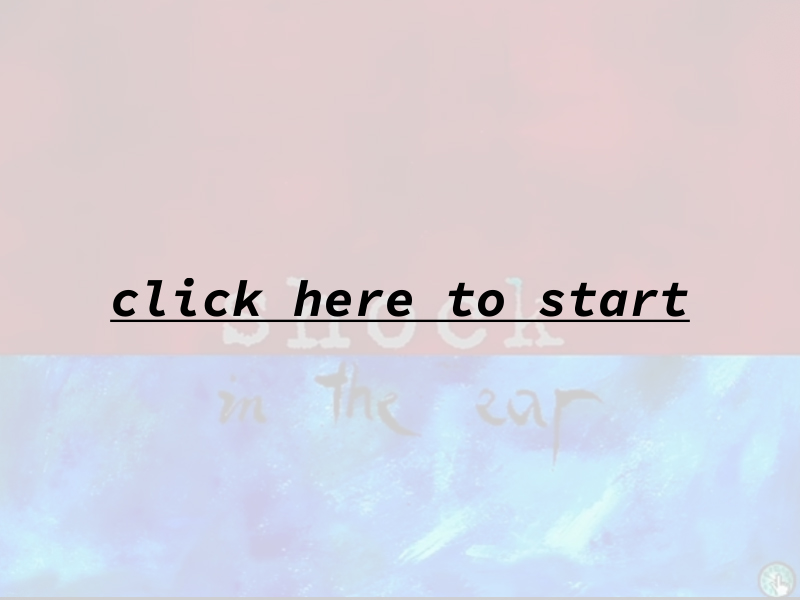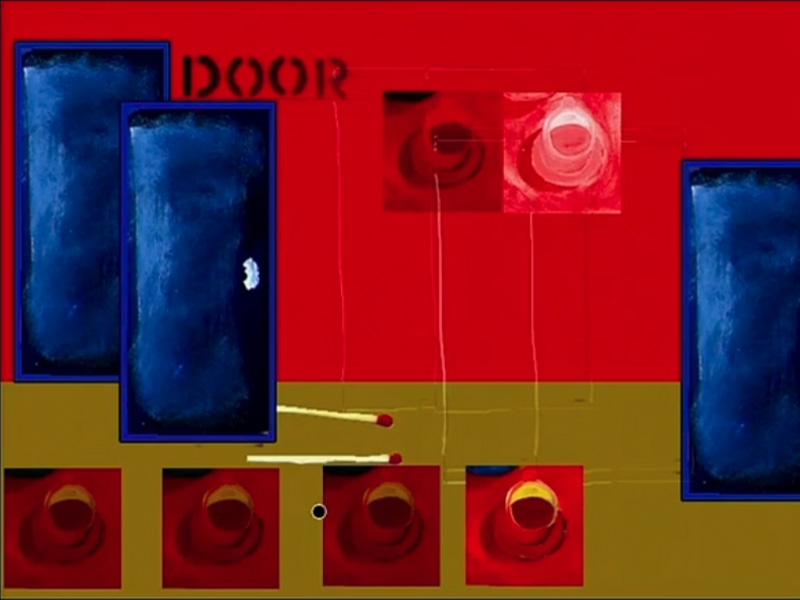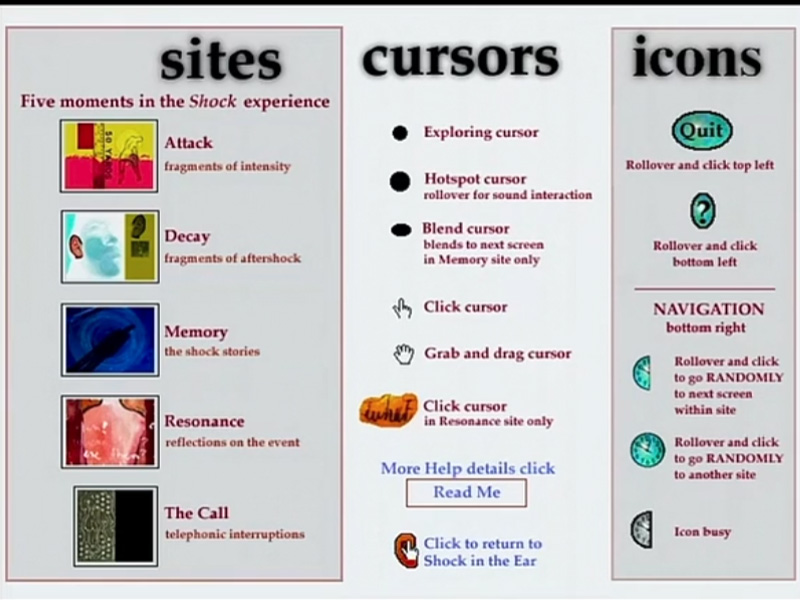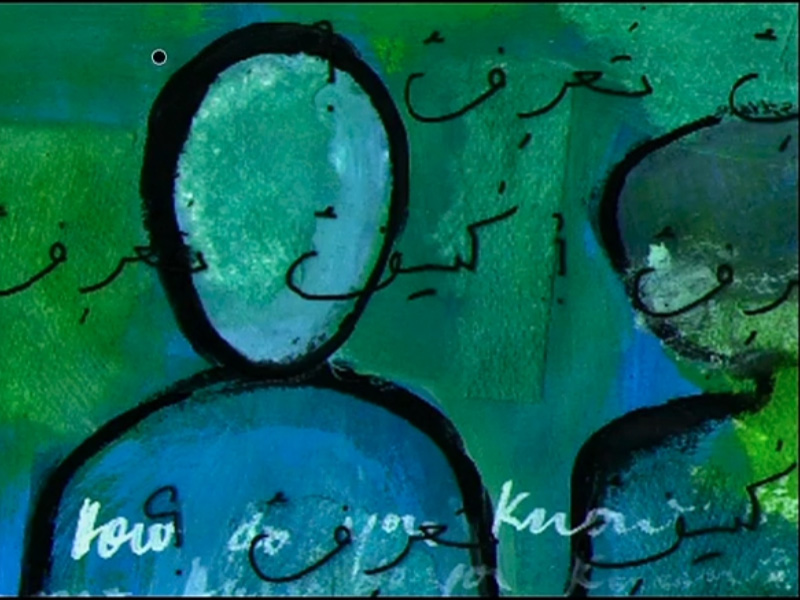Artist Biography
Norie Neumark is a sound/media artist and theorist based in Melbourne/Naarm Australia. Her radiophonic works have been commissioned and broadcast in Australia by the Australian Broadcasting Network and by New Radio and Performing Arts in the US. Norie and Maria Miranda’s collaborative art practice, out-of-sync (www.out-of-sync.com), has been commissioned and exhibited nationally and internationally. Their practice engages with questions of culture, place and memory and recently animals and environmental concerns and includes installation, new media works, Net.art, and CD-Rom.
Norie writes regularly on voice: most recently, ‘Voicetracks: attuning to voice in media and the arts’ (MIT Press, 2017) as well as ‘Voice: Vocal Aesthetics in Digital Arts and Media’, (MIT Press, 2010), lead editor and contributor. She is an Honorary Professorial Fellow at VCA and Emeritus Professor, La Trobe University, Melbourne, and the founding editor of ‘Unlikely: Journal for Creative Arts’’ http://unlikely.net.au. Blogs: https://workingworms.net/ & https://coalfaces.tumblr.com/ Maria has recently completed a major ARC DECRA research project at the Victorian College of the Arts, ‘The Cultural Economy of Artist-run Initiatives in Australia’. She is co-editor of the book ‘An Act of Showing: rethinking artist-run initiatives through place’, (2018) https://www.act-of-showing.net and author of ‘Unsitely Aesthetics: uncertain practices in contemporary art’ (Errant Bodies Press, 2013).




